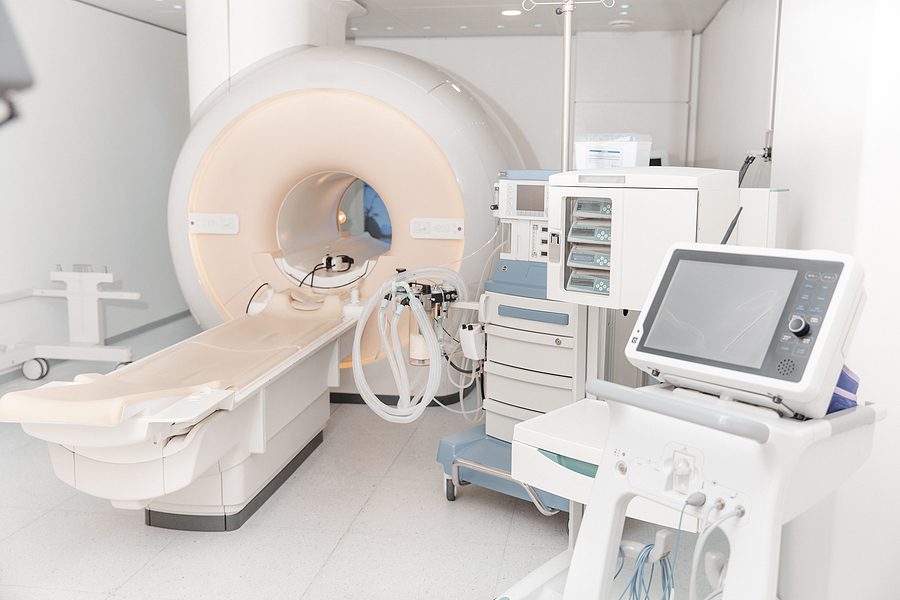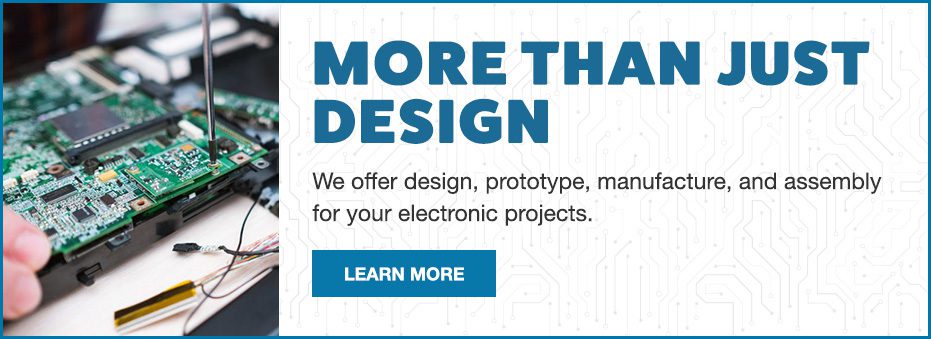Mitigate Obsolescence with Medical Device Manufacturing Lifecycle Management
Obsolescence in medical devices is a major challenge in medical device manufacturing, and it has been for some time. How it will impact the production of your next medical device depends on a proactive approach. By taking steps to mitigate parts obsolescence before it causes a delay in manufacturing, you’ll increase the likelihood that your time to market will meet your expectations.
Working with an experienced ECM who has an ISO 13485 certification and understands the medical device lifecycle can help to ensure that the components you need will be available.

Why is Component Obsolescence So Common in Medical Device Manufacturing?
One of the main reasons that component obsolescence is so common in medical device manufacturing is that the medical field relies heavily on legacy designs. These devices tend to outlive the lifecycle of the electronic components, meaning that manufacturers will need to source the components that may no longer be readily available. Because medical devices are so expensive to bring to market and often take a longer time to develop and get approval from the FDA, sticking with the legacy product makes sense for many manufacturers. They know the product works and meets the regulatory requirements. Yet when the demand for these components goes up, finding the components can be a challenge that must be addressed.
Being Proactive About Obsolescence Management
Early in the medical device electronic design process, your ECM can help you identify opportunities for proactive obsolescence management. This may include:
-
Considering Regulations that Make Obsolescence Management Difficult
In medical device manufacturing, replacing components is not as simple as with other devices. Any component in a medical device must meet the regulatory standards from the FDA to keep the approval. Every time the product is fundamentally changed, the entire regulatory process needs to be played out, and therefore, careful planning during the design process that addresses the regulations should always be considered.

-
Careful Planning in the Design Stage to Help Obsolescence Issues
Careful design can help you avoid obsolescence issues. Your ECM can help you develop a redesign and fabrication process that will accommodate any component changes due to obsolescence. Your ECM can help by forecasting the risk of discontinued parts with an estimated timeline of when parts will become unavailable. This can prevent a pause in manufacturing by either stocking up before parts become obsolete or redesigning so that an updated version of the legacy device is ready to go before the components are no longer available.
-
Plan to Navigate Component Obsolescence
Your ECM can help you develop a plan that you will put in place in the case of component obsolescence. This may include reverse engineering, which will retrofit parts and update technology to use components that are readily available from approved and vetted suppliers, ensuring that the retrofitted design will still meet all regulatory requirements.
Start Your Quote Now!When supply chains are disrupted, medical device life cycle management can become even more challenging. Working with an electronic medical device manufacturer who is also ISO 13485 certified can help you get to the international market faster and with fewer hiccups.
Because of the extensive certification process and the high stakes of medical devices, all components need a more extensive review before they can simply be substituted. Just one missing component can prevent device manufacturers from completing their work. Working with your ECM about a proactive plan for parts obsolescence can help ensure that your product stays on track without any manufacturing delays.
With our ISO13485, FDA registration, and turnkey electronic manufacturing services, Levison Enterprises has the capabilities necessary to design, manufacture, and assemble your medical device in our state-of-the-art facility. Contact us today for a quote on your next project.